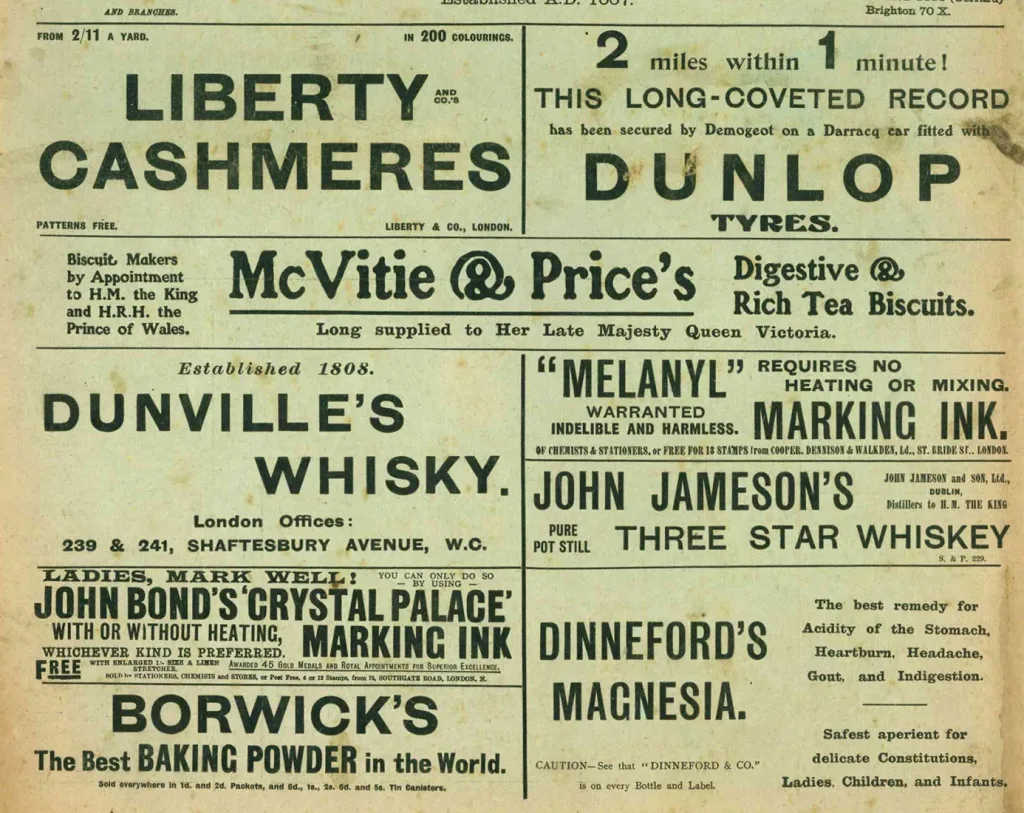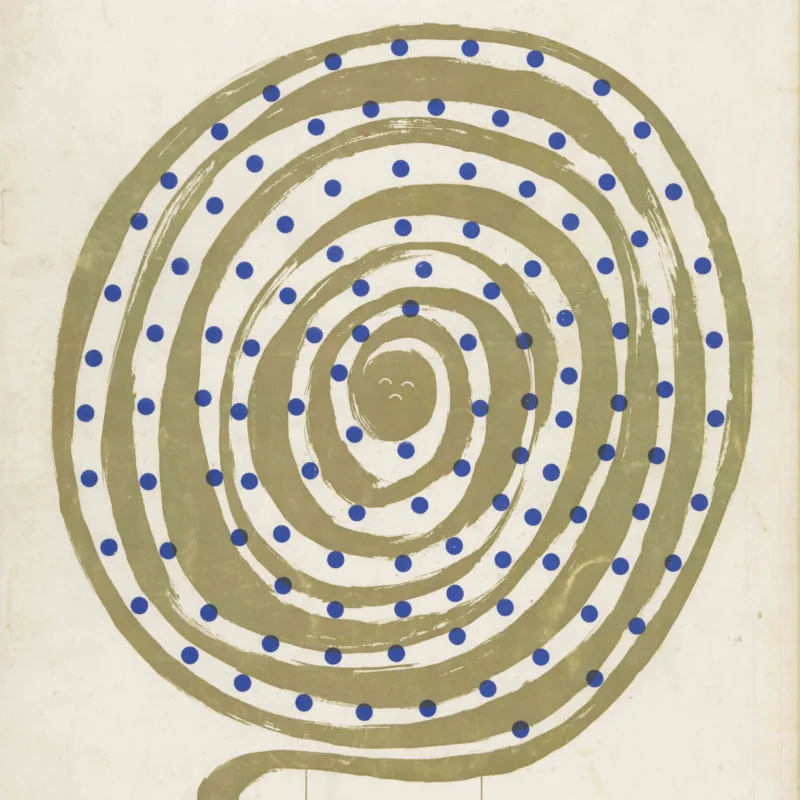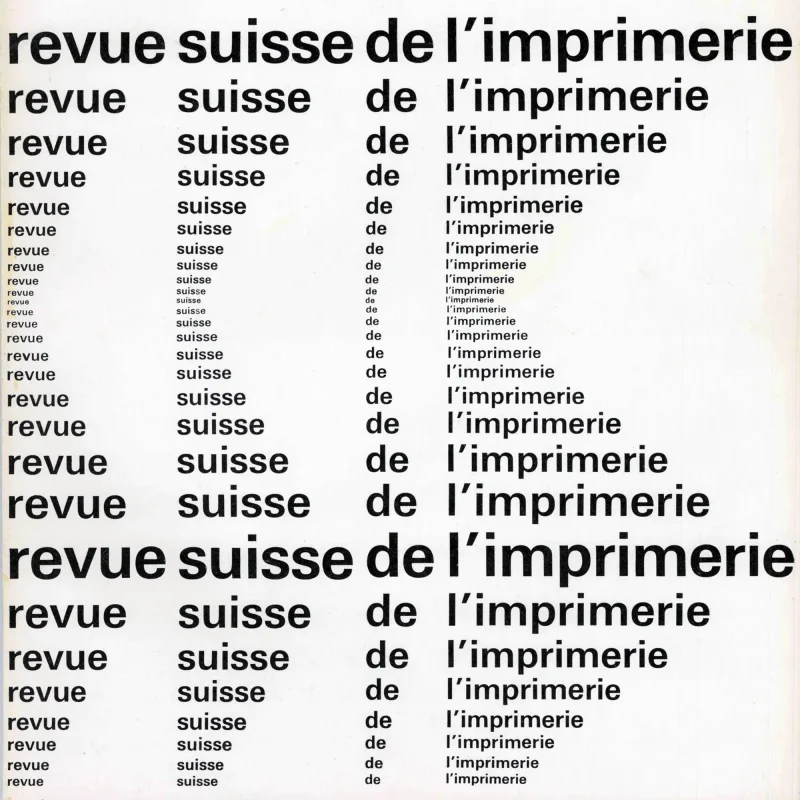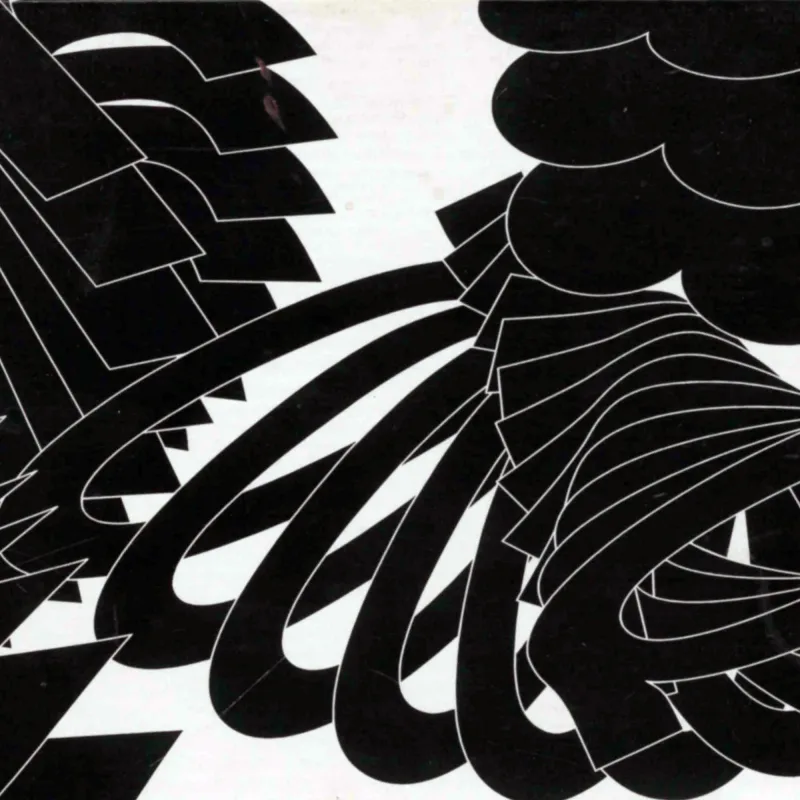Members Content
This is a members-only article, gain access and support the archive for £1.99 a month.
Memberships help grow the design collection and share research on the history of graphic design.
You can sign up here.
Already a member?
Sign in below









